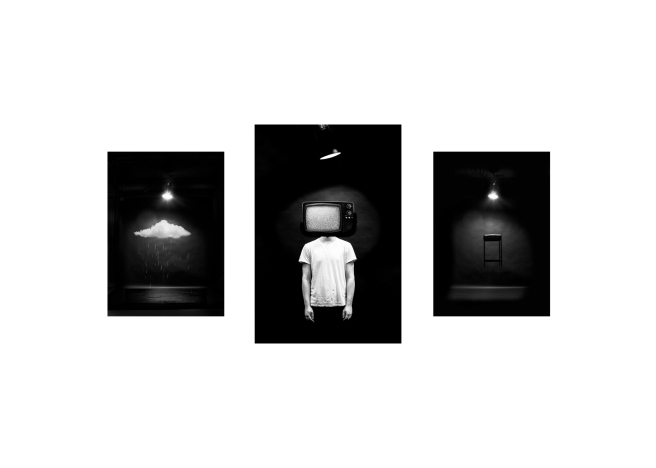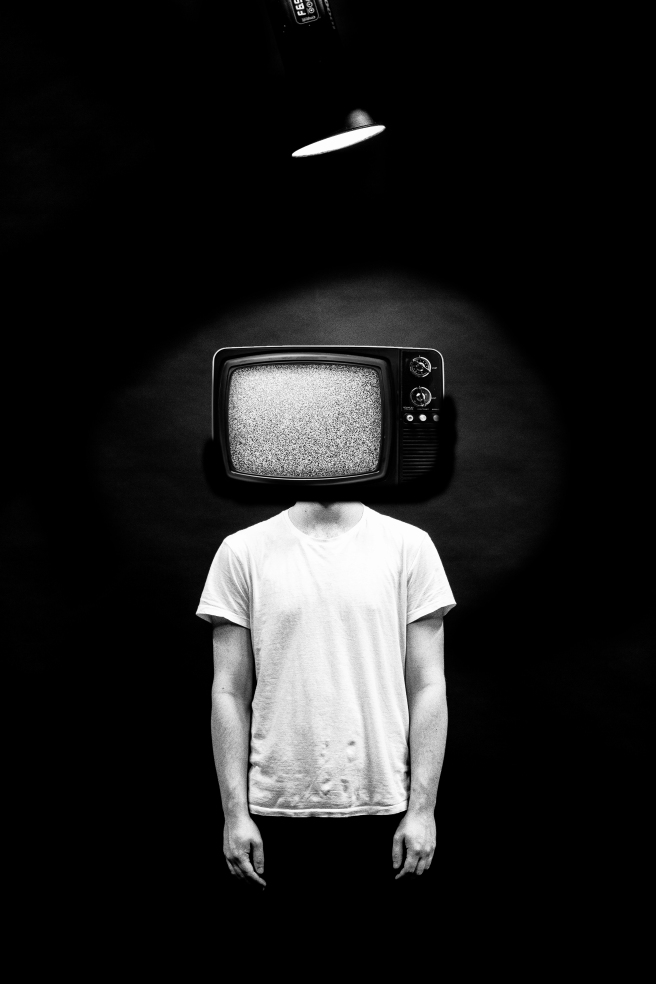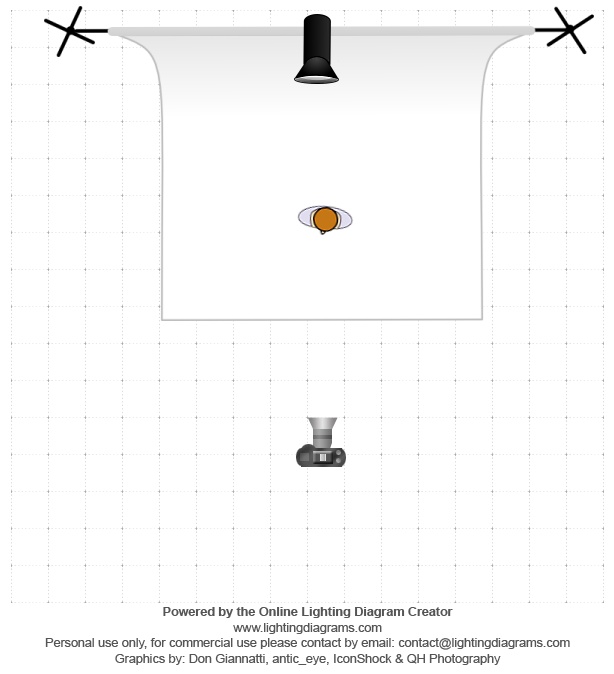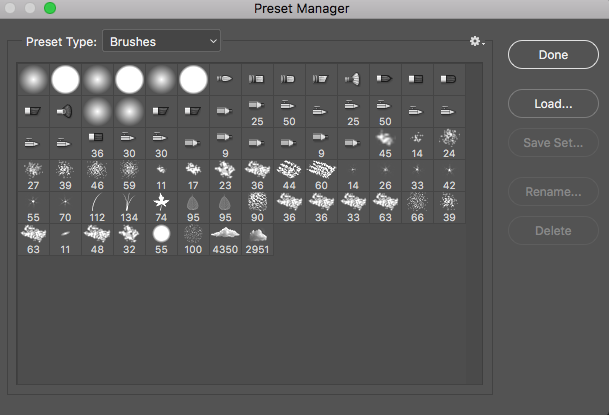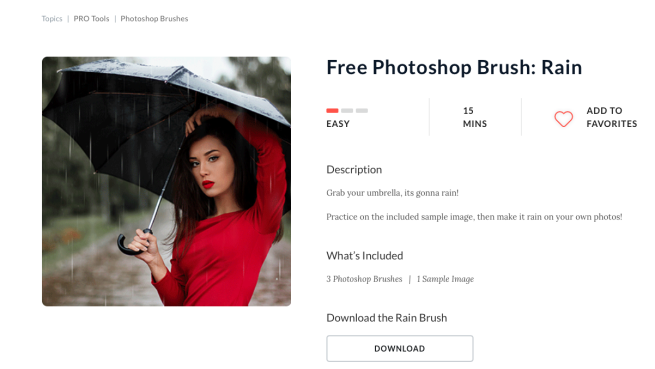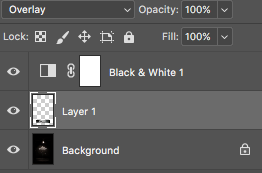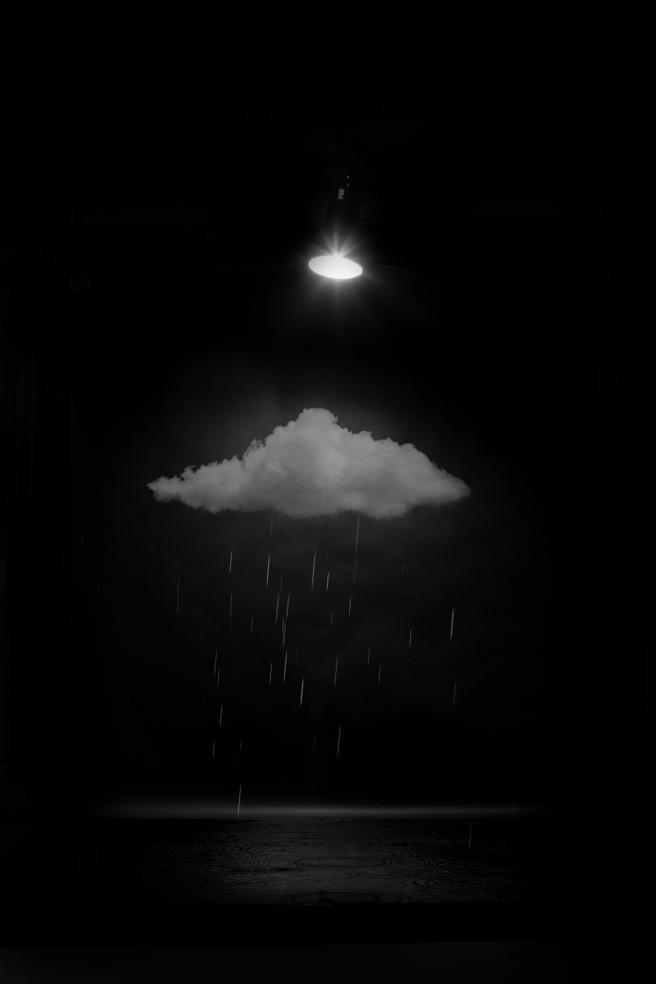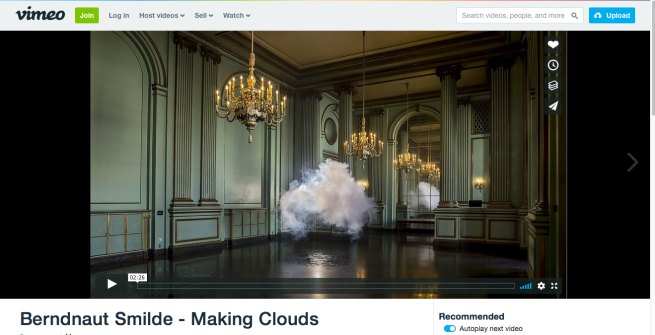As I started my presentation, I began by researching with theme I should base my project on. I decided to go with the theme of space. Space allowed me to dive deeper into the meaning of space in photography; space in the framing, space in the foreground and background and space as in the space around us. I began starting with space in the framing of an image. I had an initial plan to create an abstract image using a subject and their face being at the brink of the frame. With my research of artists such as; David Hockney’s ‘Joiners’ and Jacob Solbol. With these artists influence I created an abstract portrait, It was a start of the project and a start of interpreting ‘space’ in photography. After this shoot, I went into my tutorial to explain my work and from my tutors I gained more plans for future shoots and how to interpret space.
I decided to go into the studio and use the ‘space’ in the studio, I used the background of the photographic studio and I wanted to leave it in the image to show the viewer what goes on behind the scenes of a photographic shoot. These images led me to use a stool and with the use of photoshop I created the illusion that the stool was levitating. I showed this image to Heidi who was impressed with the use of surrealism in my shoot and pushed me to continue with the concept of surrealism in my shoots.
From then I wanted to create a series which compiled of surrealist minimalist images in the studio. I began researching artists who delved and in their work used surrealism. These artists consisted of; Man Ray, Philippe Hanson, Salvador Dali and Andreas Gursky. I was inspired by Dali’s surrealist work and how he was influenced by dreams, I wanted to create my own surrealist image. I photographed my self and from Dali’s influence on dreams I created a surrealist photograph of myself controlling dreams by photoshopping myself onto a brain to create the meaning of controlling your dreams.
My next step was to take a more simpler approach to creating surrealist photographs. I wanted to create similar photographs to my floating stool photograph. I photographed the studio and in post-production created a raining cloud in the studio. The final image of this shoot was exactly what I wanted and from there decided that I wanted my final photographs to be a mini series of surrealism in the studio.
I then created a new surrealist photographs based on the work of Rene Magritte’s ‘The Son of Man’ I used a television on the head of my subject using the same one light and studio back drop. I used a television because of the fact that I wanted the meaning to show the viewer that television is controlling their minds. Through my surrealist photographs I portrayed it.
My presentation of my project was exactly how I wanted, however If there was not financial restraint I would have printed them A0 to really draw in the audience. This size would have allowed the audience to really connect and respond to my photographs.
This module how allowed me as a photographer to express my skills and visions of exactly of how I want them. Its gave me freedom to express. I want to continue to work in this way and further my academic photographic knowledge and skills.
